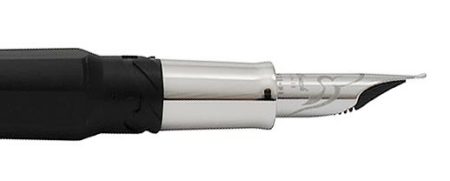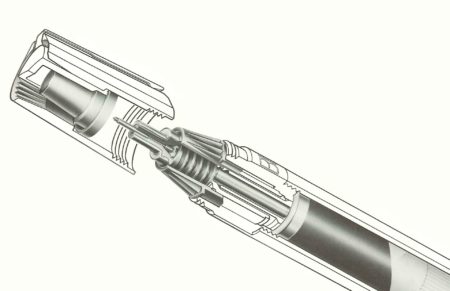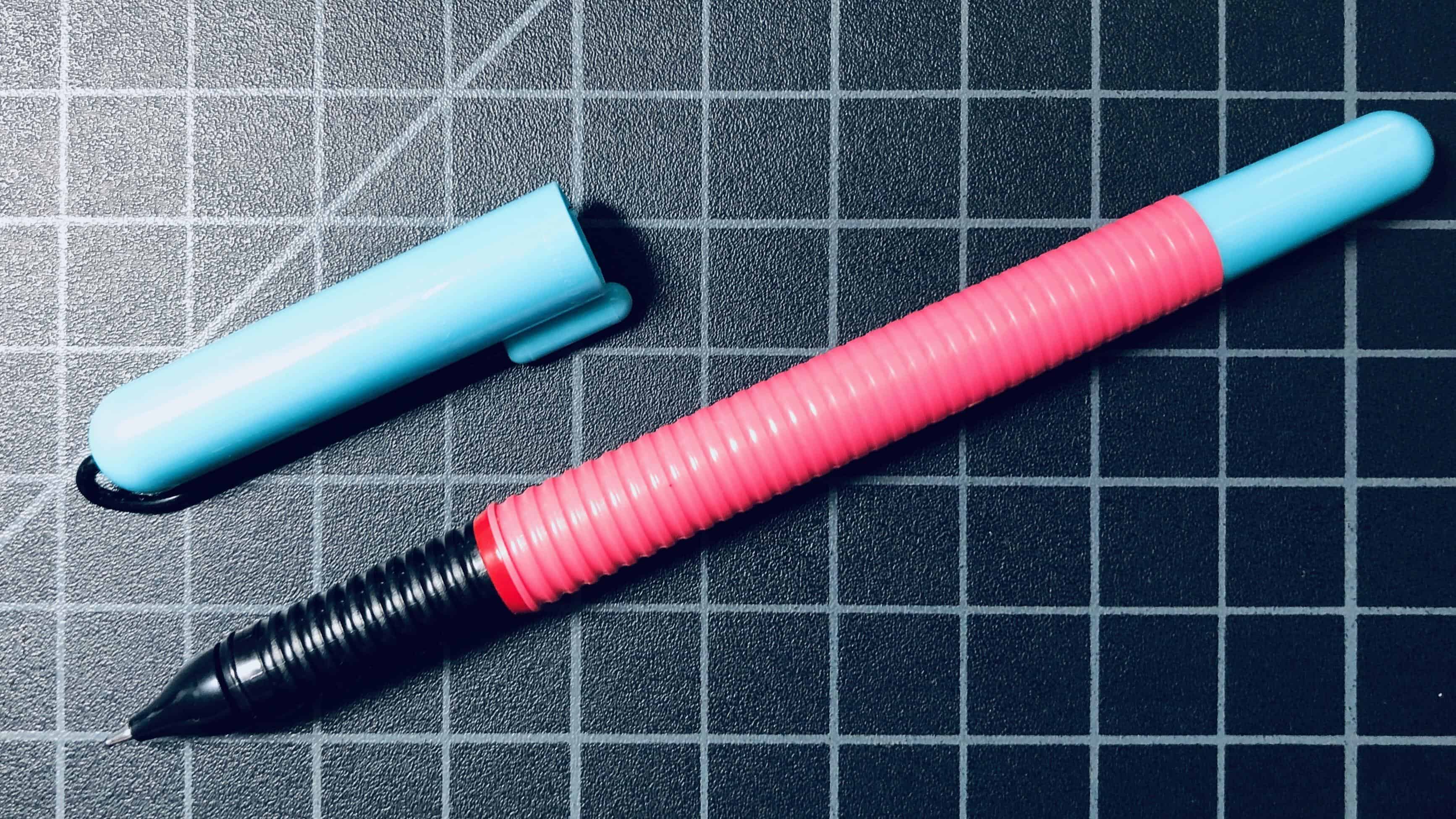Have you heard the term “tubular nib” thrown around and have no idea what it means? It’s a rarely used, but poorly defined term. This article will explain the uses of the term and outline a few pens that could be described as having a tubular nib.
Tubular Nib Basics
There are two common uses for the phrase “tubular nib.” The first is for a fountain pen that has a nib that wraps around the feed, which is to say that it’s actually shaped like a tube. The second usage is for a pen type that is basically a fountain pen but looks like a rollerball. This type of pen has a tubular feed, but is often called a tubular nib pen.
Tubular Nib Fountain Pens
The nib of a fountain pen is normally shaped like a semi-circle. It’s a flat, stamped piece of metal that is rounded to fit around a feed, but doesn’t generally go all the way around the feed. Unlike a standard nib, a tubular nib goes all the way around the feed, entirely (or almost entirely) encircling it.
Why do nibs like this exist? First of all, they look distinctive. This is a love-it-or-hate it look, but it’s certainly different. If you want a pen that stands out, a gold or silver, shiny nib with twice the surface area of a normal nib is going to do the job. A second reason to have a tubular nib is that it protects the interior of the feed from air, which means the ink in the feed isn’t as likely to dry out. This isn’t as much of a problem with modern inks, but it was very helpful in the past.

What fountain pens use tubular nibs? Two main examples are the Visconti Opera and Parker 51. The Parker 51 has a tubular nib that is hidden inside the body of the pen where the Visconti Opera has a fully exposed nib which is quite striking in person.
Stylograph Tubular Feed Pens
Another type of pen that is described as having a tubular nib is a type of drafting or technical pen that came before the fineliner was popular. These pens, the most popular maker of which was Rotring, use a fountain pen design (cartridge, feed, etc.) but with a nib that is actually a tube. These are technical pens, meant to be held upright and to create a line that does not vary in width as you move it across the paper, and are sometimes called a “stylograph.”
The nib on these pens looks like that of a rollerball, but the key is that there is no ball. The nib is a tube that ink can flow down onto the paper. There is a smaller stopper that prevents the ink from leaving the tube when the pen is facing downward, but that stopper — basically a thin wire — is pushed up by the paper when you are writing. It’s an incredibly simple design, but surprisingly effective, and all made possible by a tiny weight inside the pen.

This type of nib can be found in the Rotring Altro, Rotring 900, Isograph, Rapidograph, and a number of Koh-i-noor pens (which were made by Rotring).
The predecessor to these pens was the Rotring Tintenkuli, or Tiku for short. A full history of the stylograph is here and is worth a read if you want more background. Just like on a fountain pen, these technical pens have a nib and a feed. The Rotring’s simply have a feed cover which wraps around the feed and forms a grip, where on most fountain pens the feed is exposed.
